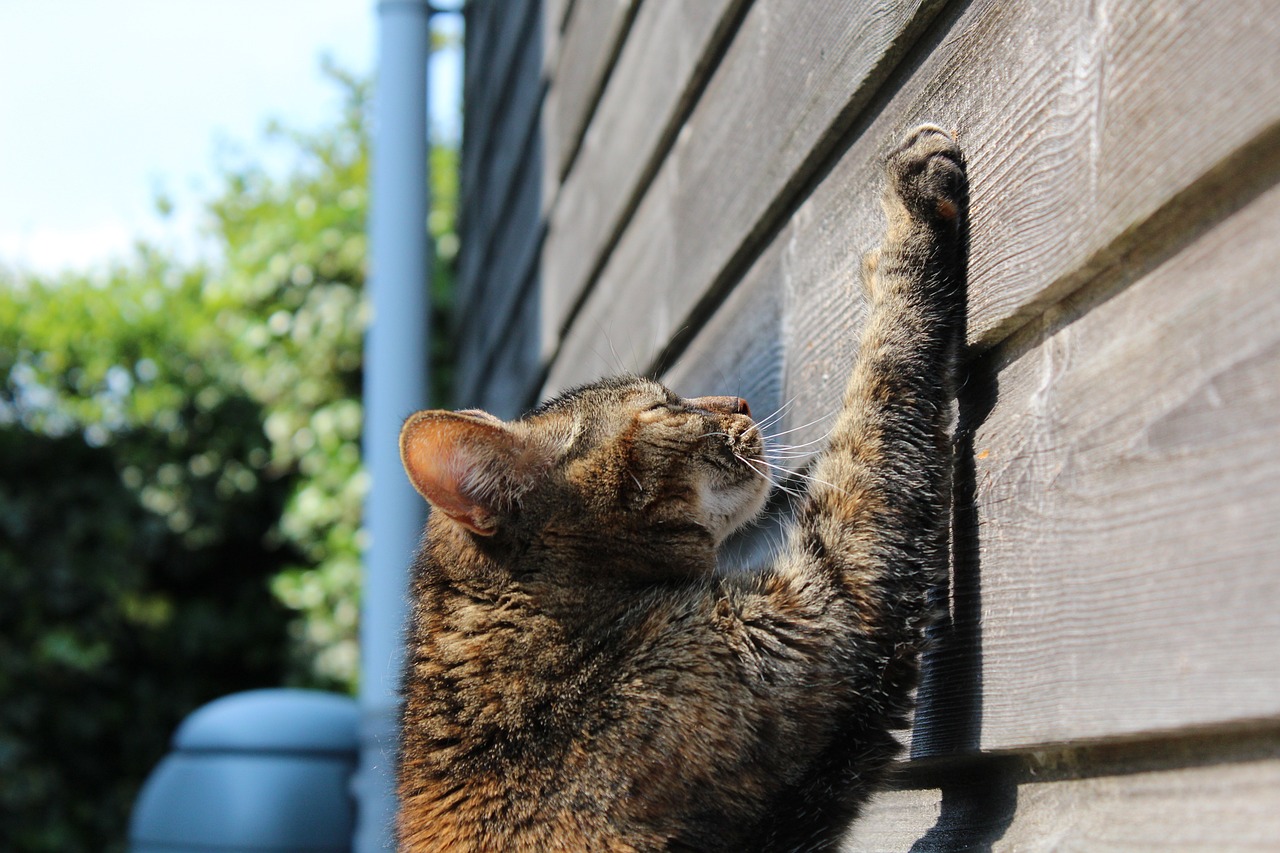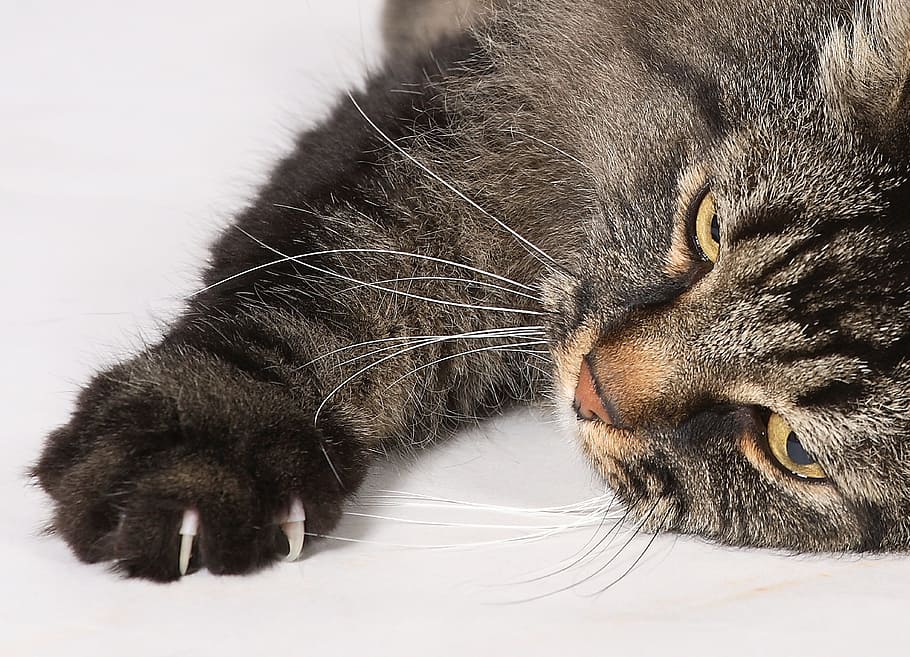
What Should I Do if My Cat Is Clawing Everywhere
Dealing with a cat that claws furniture can be a challenge, but it’s important to remember that scratching is a natural behavior for cats. With the right approach, you can redirect your cat’s scratching behavior and protect your furniture. Here are some steps to help you address the issue.
Having a cat that constantly scratches furniture can be frustrating. However, it’s essential to understand that scratching is a natural behavior for cats. By providing appropriate outlets for scratching and taking preventive measures, you can minimize damage to your furniture while keeping your cat happy and fulfilled.
Step 1: Provide your cat with scratching posts and cat trees
To address your cat’s scratching behavior, it’s crucial to offer them suitable alternatives. Scratching posts and cat trees are excellent options as they provide a dedicated space for your cat to scratch, stretch, and mark their territory. Choose a variety of scratching surfaces, such as bark-covered trunks, cardboard, carpet, or sisal posts, to cater to your cat’s preferences. Place multiple scratching posts throughout your home and observe where your cat tends to scratch. This will help you position the posts in the areas they find most appealing. Additionally, cat trees provide vertical space for climbing and scratching, offering your cat an enriching and stimulating environment.
Step 2: Protect your sofas and armchairs
Preventing your cat from scratching your furniture involves implementing some protective measures. Cover the areas your cat frequently targets with plastic or aluminum foil, as cats generally dislike the texture and sound. This discourages them from clawing those surfaces. Place a stable and well-anchored scratching post next to the furniture they tend to scratch. You can also apply catnip spray on the post to attract your cat’s attention and encourage them to use it instead. With time and consistent redirection, your cat will start associating the scratching post with positive experiences, reducing their interest in your sofas and armchairs.
Step 3: Trim your cat’s claws

If your cat is an indoor-only cat, regularly trimming their claws can help prevent damage to your furniture. Use cat-specific nail clippers or a nail grinder to trim the tips of their claws. Be cautious not to cut too close to the quick, which can cause discomfort or bleeding. If you’re uncertain about trimming your cat’s claws, consult with a veterinarian or a professional groomer for guidance and demonstration. However, it’s important to note that cats with outdoor access should not have their claws trimmed, as they rely on them for self-defense, climbing, and hunting.
Step 4: Consider using repellents or claw caps
In addition to providing appropriate scratching alternatives, you can use deterrents and claw caps to further protect your furniture. Natural or commercial repellents can be applied to furniture surfaces to discourage your cat from scratching them. These repellents emit scents that cats find unpleasant, redirecting their behavior toward the scratching posts. When using repellents, it’s crucial to apply them in conjunction with providing suitable scratching surfaces, as a standalone approach may not be effective. Alternatively, claw caps, also known as claw guards, can be applied to your cat’s claws to prevent damage. These caps are usually glued onto the claws and need to be replaced periodically as the claws grow.
Conclusion
Dealing with a cat that claws furniture requires patience, understanding, and a proactive approach. By providing your cat with appropriate scratching options, protecting your furniture, and considering additional measures like claw trimming and repellents, you can address this behavior effectively. Remember, redirecting your cat’s scratching instincts is crucial, as scratching is an innate and necessary behavior for their physical and mental well-being. With time, consistency, and positive reinforcement, you can maintain harmony in your home while ensuring your cat remains satisfied and fulfilled.





